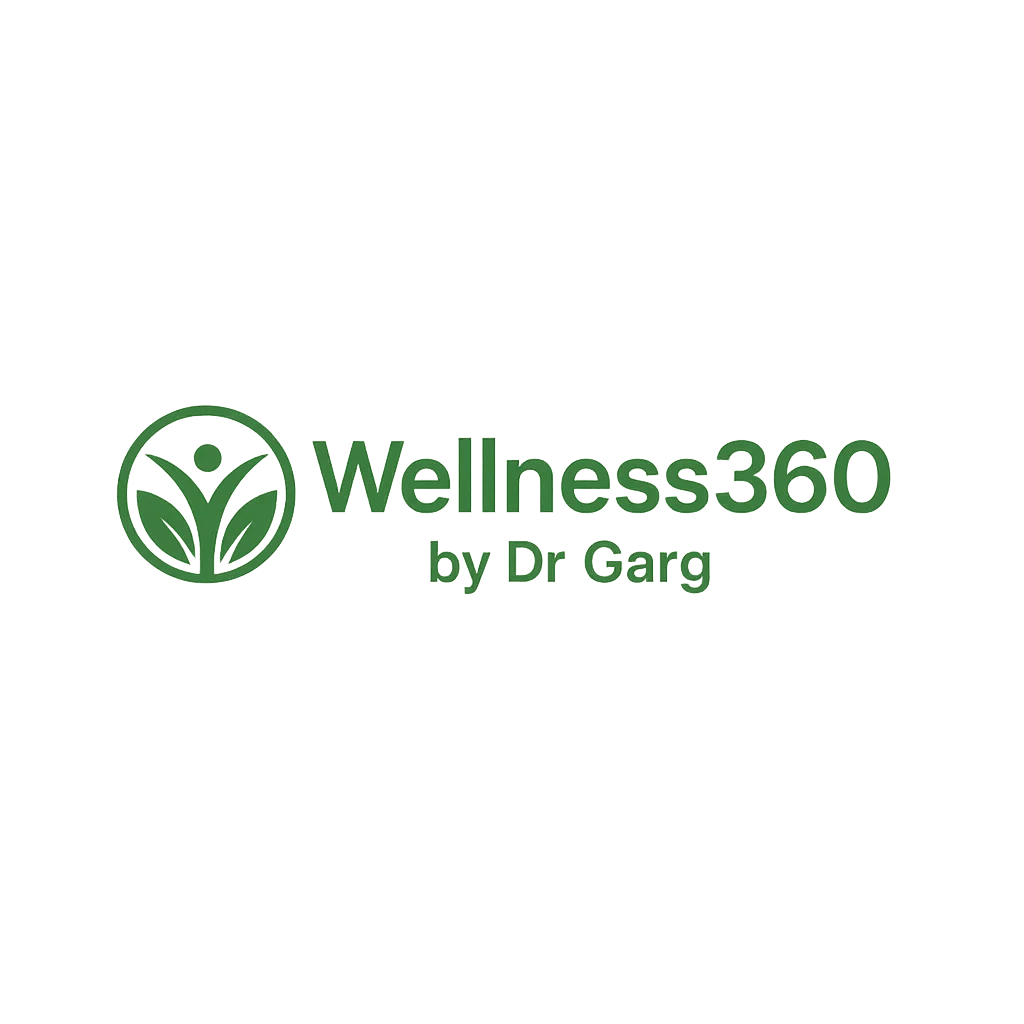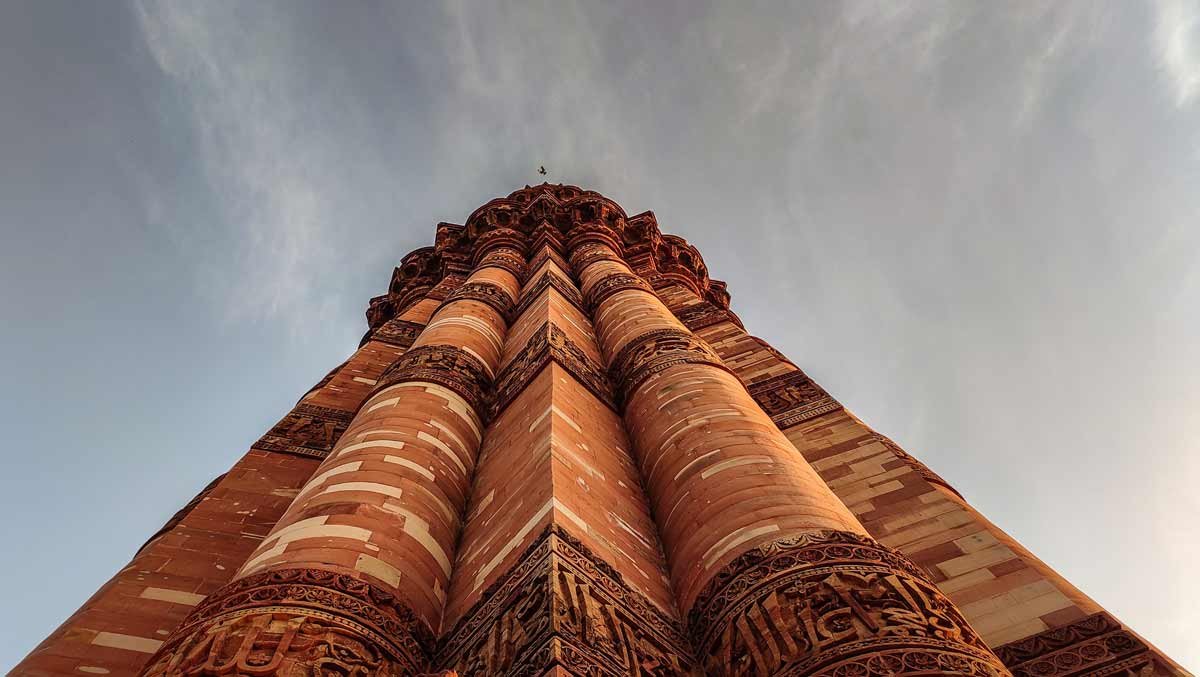There is a phrase which says that “ That really puts things into perspective”, so the perspective technique skills play a major role in drawing and painting.
When you draw or paint with perspective technique skills, that will help you or make you understand the bigger picture of your work.
When we are talking about perspective technique skills in the art world, it’s about our point of view but being more spatial. When as a beginner, you will learn to draw perspective, you majorly learn about its importance.
In arts, it’s about an illusion that is creation of depth and space on a flat surface. And because of perspective technique skills, your work of art would appeal to have dimension, form, space and distance, that is, your work of art would be more realistic.
Specific definitions for words included:
Before going ahead with types of perspectives let’s discuss some important terms which are incorporated:
- Horizontal line: The line that separates the sky from land or the sky from water is known as the horizon line. It is also referred to as the “eye-level” of the viewer.
And your horizon line doesn’t need to be in the middle of your picture, it can be anywhere below or even above the halfway point of your drawing area.
- Vanishing point: The farthest point in your picture which is on the horizon line is called the vanishing point. There can be many vanishing points in your picture.
- Orthogonal lines: Orthogonal lines are diagonal and recede into the vanishing points present in the picture. Depending on the complexity of the picture, orthogonal points are present. As the elements in the picture increases, the lines in the grid would have to be increased.
Perspective technique skills in drawing and painting:
Perspective technique skills when used in drawing, gives object on a 2-D surface more of a 3-D sense. And these are two types of perspectives: linear perspective and atmospheric perspective.
Linear perspective:
Linear perspective is a method in which space is represented and the scale of an object diminishes or decreases when the distance from the viewer increases.
As you might have noticed, objects which are away from us appear smaller than the objects which are near. And vanishing point is called the position at which there is an intersection where the ground meets the sky, that is, the horizon line.
One-point perspective:
Single-point perspective technique skills can be used when the point is taken anywhere along the horizon line, but the only stipulation that is the lines which you have drawn should lead to a solitary point.
Two-point perspective:
As we have seen that one-point perspective technique skills have a focus on one vanishing point and when we take two-point perspective technique skills into account, it usually ushers in the second one.
Typically, in a two-point perspective, the points are on the opposite sides of the composition, that is, one point on the far left and the other one on the far right.
Three-point perspective:
Three-point perspective technique skills are also known as multi-point, it has more than two vanishing points. It has standard setup features.
The vanishing points are located on the far left and far-right and the third point is located below (giving a bird’s eye view of the subject) or above (creating an extreme view looking upwards).
Atmospheric perspective:
Linear perspective is mostly based on mathematics and straight lines. But atmospheric technique skills are also known as aerial perspective.
The depth is conveyed through value changes, colour and visual clarity. From an atmospheric perspective, many things like water, vapour and even smog in the atmosphere affect what you see.
And if there is more distance, between you and the form then because of the increased particles, it will result in less visual contrast. And this perspective technique skills also has to do with colour wavelength.
And values in composition usually go hand-in-hand with the idea that the things which are more closer to you are brighter and easier to see.
And the things or form which is of high contrast are more eye-catching than the ones which are of low contrast.
Putting perspective technique skills into practice:
Everything around you in this world follows perspective technique skills. Perspective is very important in art. It’s an illusion but when you want to make your drawings and paintings more realistic perspective technique skills are important.
Start yourself with a ruler and one-point perspective to make sure you are hitting the vanishing points precisely.
Pencil and Chai Fine Arts Gurukul make you understand the importance of perspective technique skills as all the professional teachers will help you out and with the best courses! Try it out yourself!
Picture Credit: Atul Pandey










:strip_icc()/i.s3.glbimg.com/v1/AUTH_1f551ea7087a47f39ead75f64041559a/internal_photos/bs/2024/j/o/wGMCeuRLiiB12wLUHdOg/carteira2.jpg?w=120&resize=120,86&ssl=1)
:max_bytes(150000):strip_icc()/Health-GettyImages-2188682706-0e96ad748efc48a392eab3a7e2ccb4bf.jpg?w=120&resize=120,86&ssl=1)








